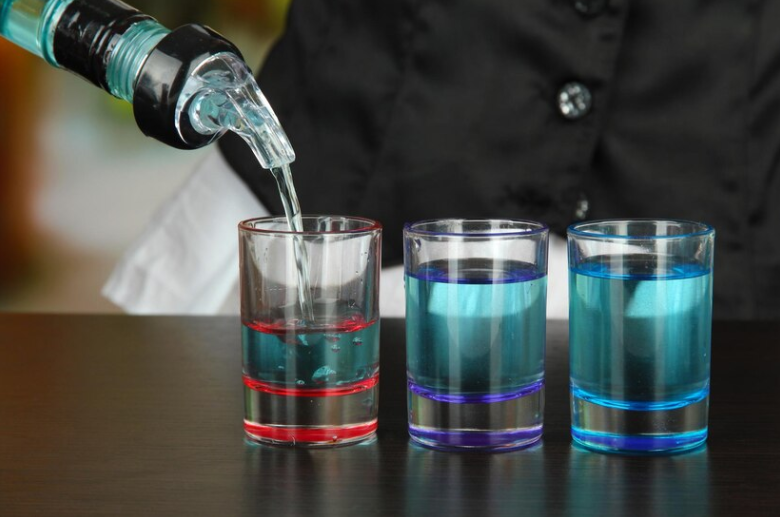7.7 Calculating Equilibrium Concentrations: Mastering the ICE Box Method
Why Equilibrium Concentrations Matter
Understanding equilibrium is key to mastering chemistry. At equilibrium, the rates of the forward and reverse reactions are equal, meaning that the concentrations of reactants and products remain unchanged. But what happens if we only know the equilibrium constant and need to find the equilibrium concentrations? The solution lies in mastering the ICE Box method!
What is an ICE Box?
The ICE Box (or RICE Box if you add the “R” for “reaction”) helps us systematically solve equilibrium problems by tracking changes in concentrations or pressures for a reaction.
Breaking Down the ICE Box:
- I (Initial): The initial concentrations or pressures before any reaction occurs.
- C (Change): The change in concentrations as the reaction moves towards equilibrium.
- E (Equilibrium): The final equilibrium concentrations.

Image From Alibaba
Example Reaction: Using an ICE Table
Consider the reaction: CH₃COOH ⇌ CH₃COO⁻ + H⁺ (with K = 1.8 × 10⁻⁵).
Step-by-Step Setup:
| Reaction | CH₃COOH (Reactant) | CH₃COO⁻ (Product) | H⁺ (Product) |
|---|---|---|---|
| Initial | 1 M | 0 M | 0 M |
| Change | -x | +x | +x |
| Equilibrium | 1 – x | x | x |
- Initial Concentration: Assume we start with 1 M of CH₃COOH and no products.
- Change: As the reaction proceeds, x amount of CH₃COOH is consumed, and x amount of products is formed.
- Equilibrium: Combine initial and change to get the final concentrations.
Solving for Equilibrium Concentrations
Use the equilibrium constant K:
Plugging in values:
Approximation (5% Rule): Since K is small, x is also small, meaning 1 – x ≈ 1:
Result:
- [CH₃COO⁻] = [H⁺] = 0.0042 M
- [CH₃COOH] ≈ 1 – 0.0042 ≈ 0.9958 M
When to Use the ICE Box Method
The ICE Box method is applicable when:
- You know the equilibrium constant K.
- Initial concentrations or pressures are given (any unknowns are set to zero).
- You want to find equilibrium concentrations or initial conditions.
5% Approximation Explained
Often in ICE table problems, we make the 5% approximation by assuming x is very small compared to initial concentrations, simplifying calculations. Mathematically:
- If x is small enough that its effect is negligible, it simplifies expressions like a – x to just a.
- This approximation is valid if x results in less than a 5% error.
Example: For x = 0.0000001, adding 3 + x ≈ 3 without significant error.
Tip: On exams like AP Chemistry, the 5% approximation is often acceptable and can simplify calculations immensely.
Practice Problem with an ICE Box
Given Reaction:
H₂CO₃ ⇌ HCO₃⁻ + H⁺ (with K = 4.3 × 10⁻⁷).
Initial Condition: [H₂CO₃] = 1.2 M
| Reaction | H₂CO₃ (Reactant) | HCO₃⁻ (Product) | H⁺ (Product) |
|---|---|---|---|
| Initial | 1.2 M | 0 M | 0 M |
| Change | -x | +x | +x |
| Equilibrium | 1.2 – x | x | x |
Calculation:
Result:
- [HCO₃⁻] = 0.0007 M
Conclusion
Mastering the ICE Box method unlocks a powerful way to calculate equilibrium concentrations and navigate complex equilibrium problems with ease. As you practice, you’ll find this technique invaluable for solving real-world chemistry challenges and acing exams!







